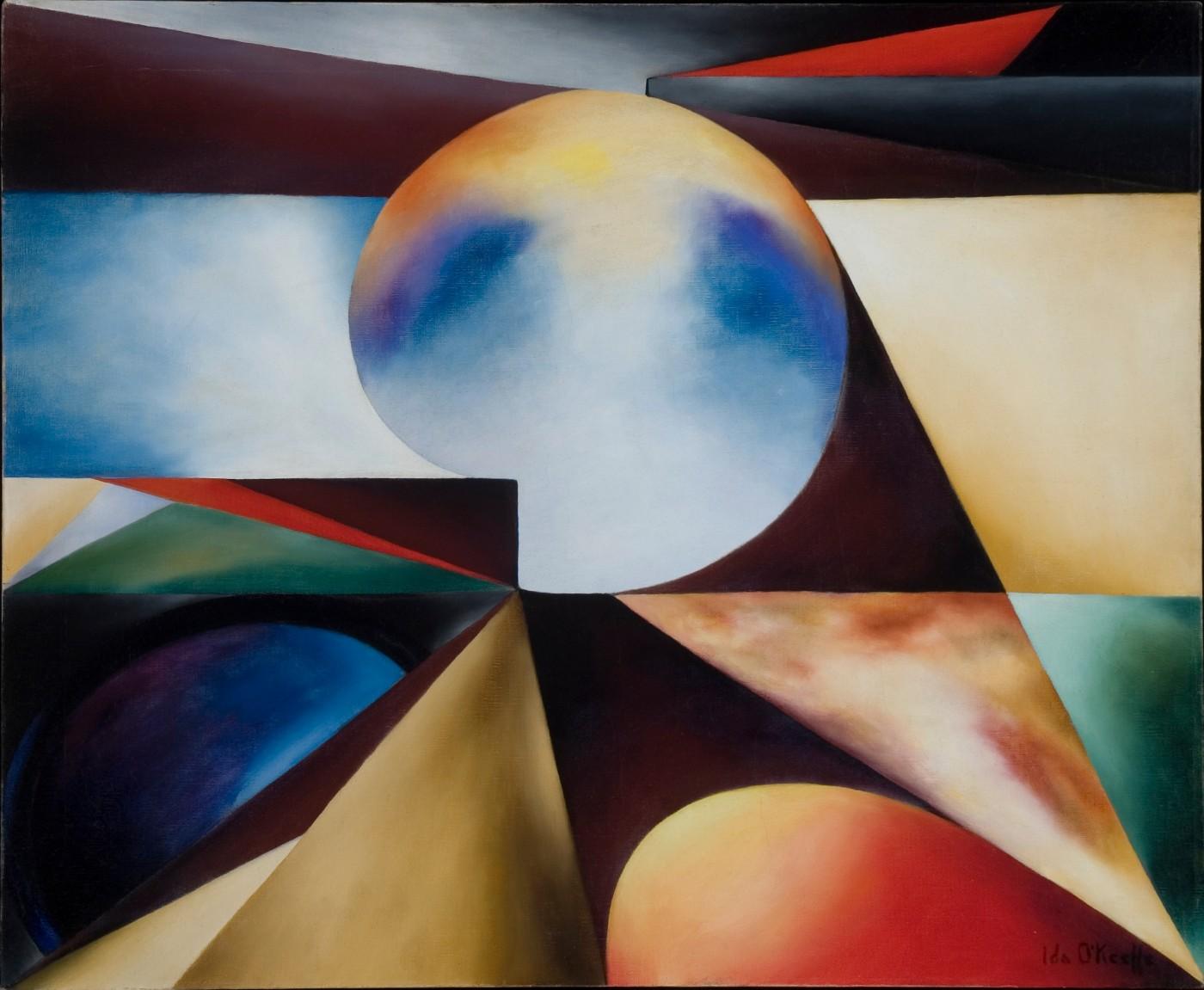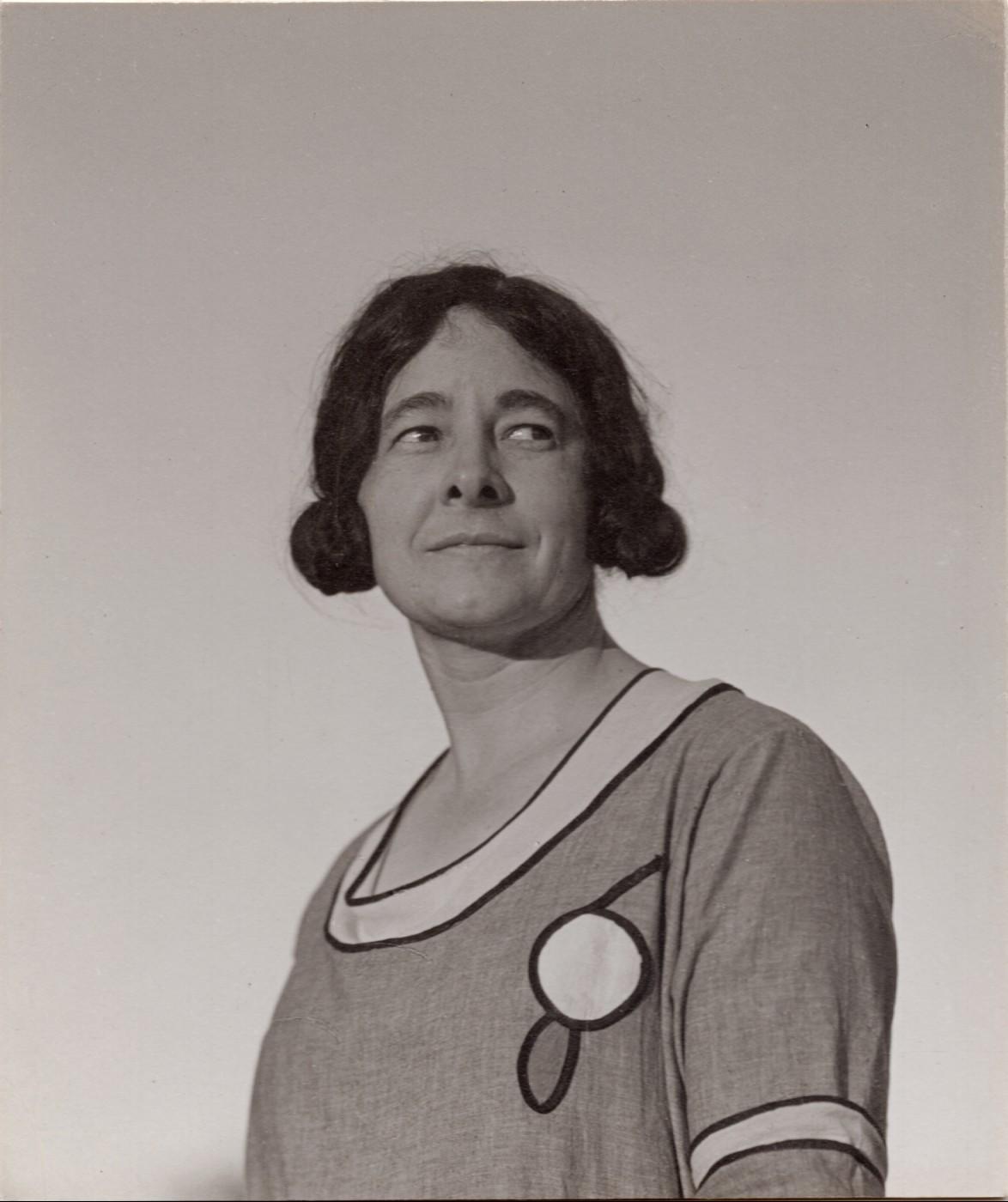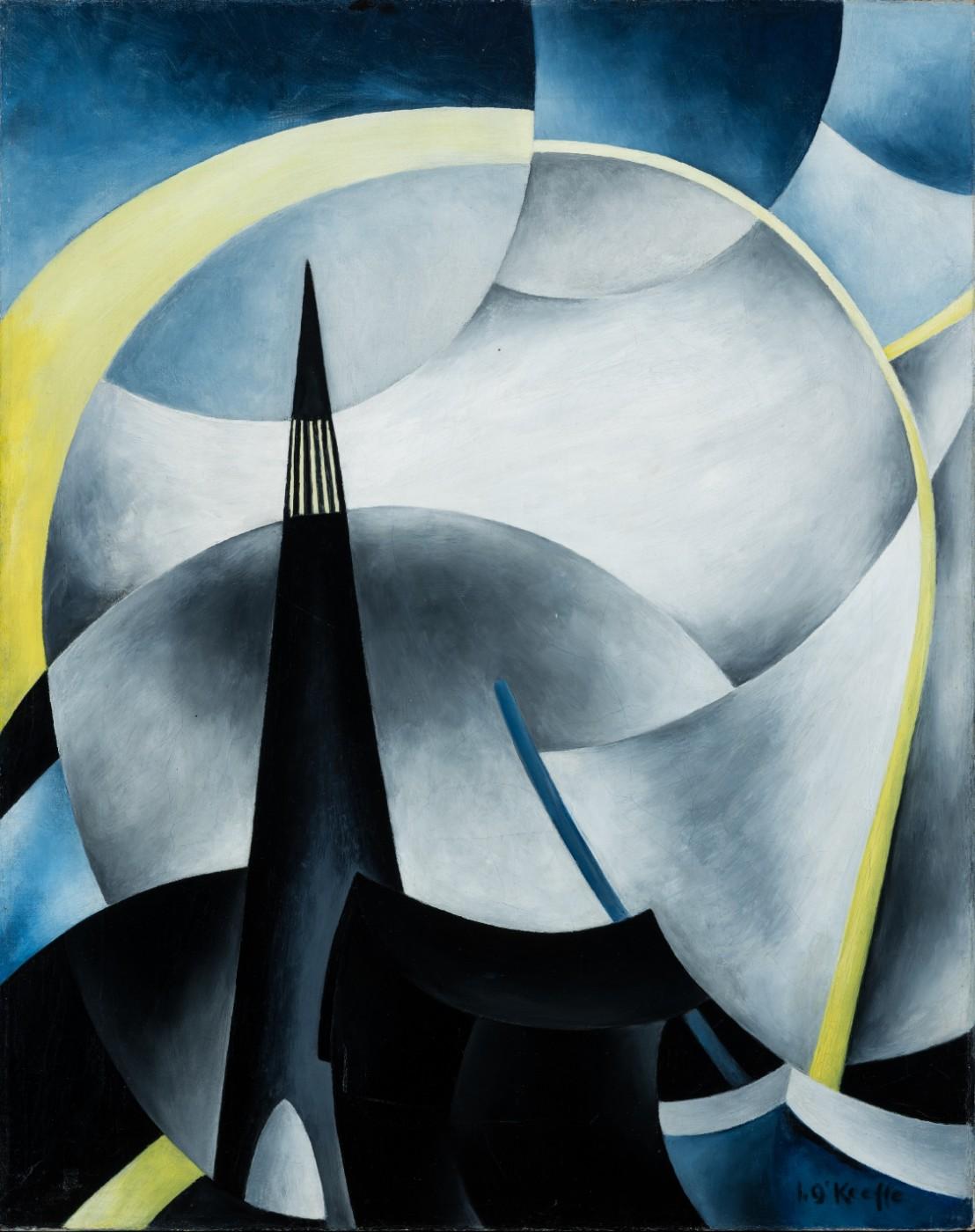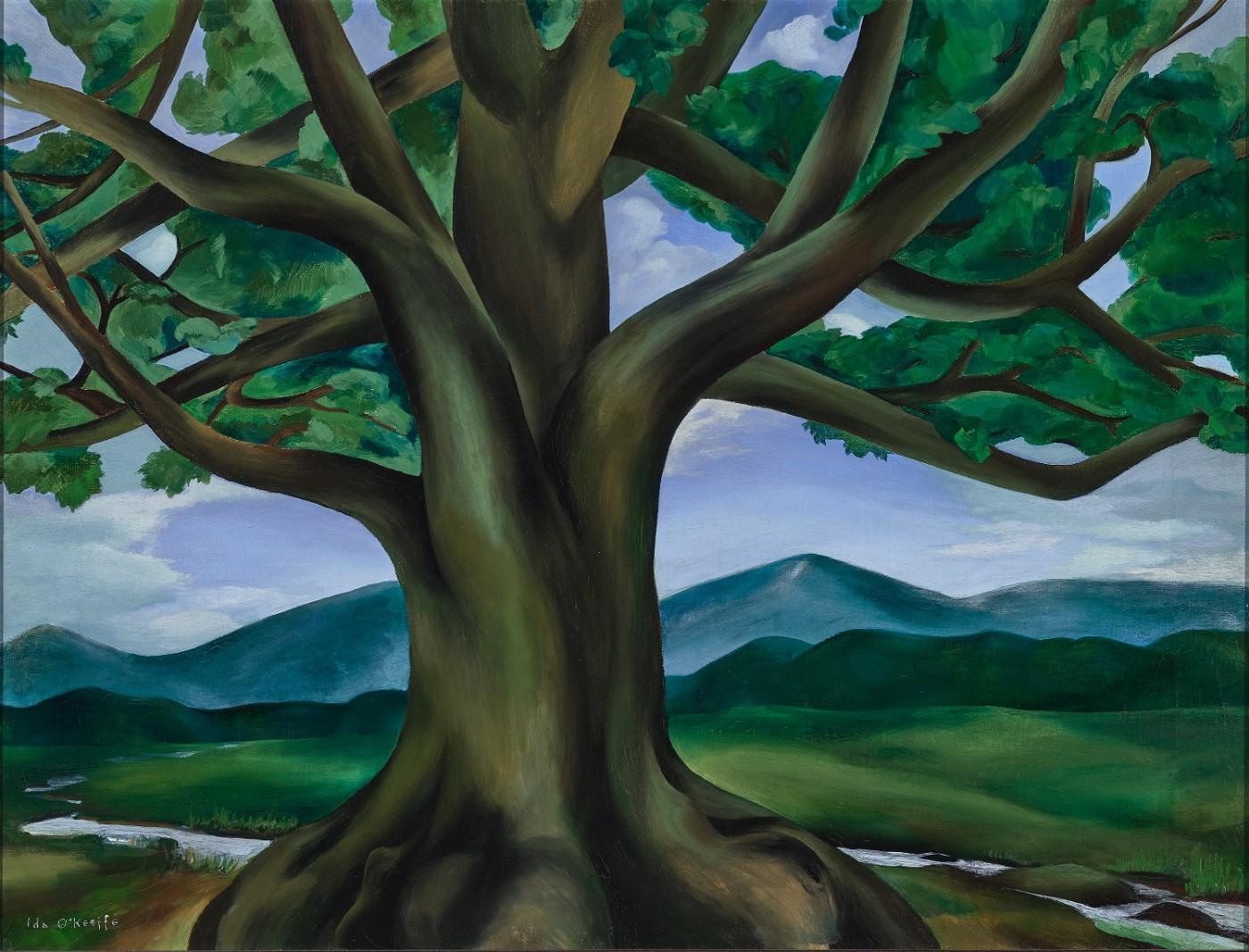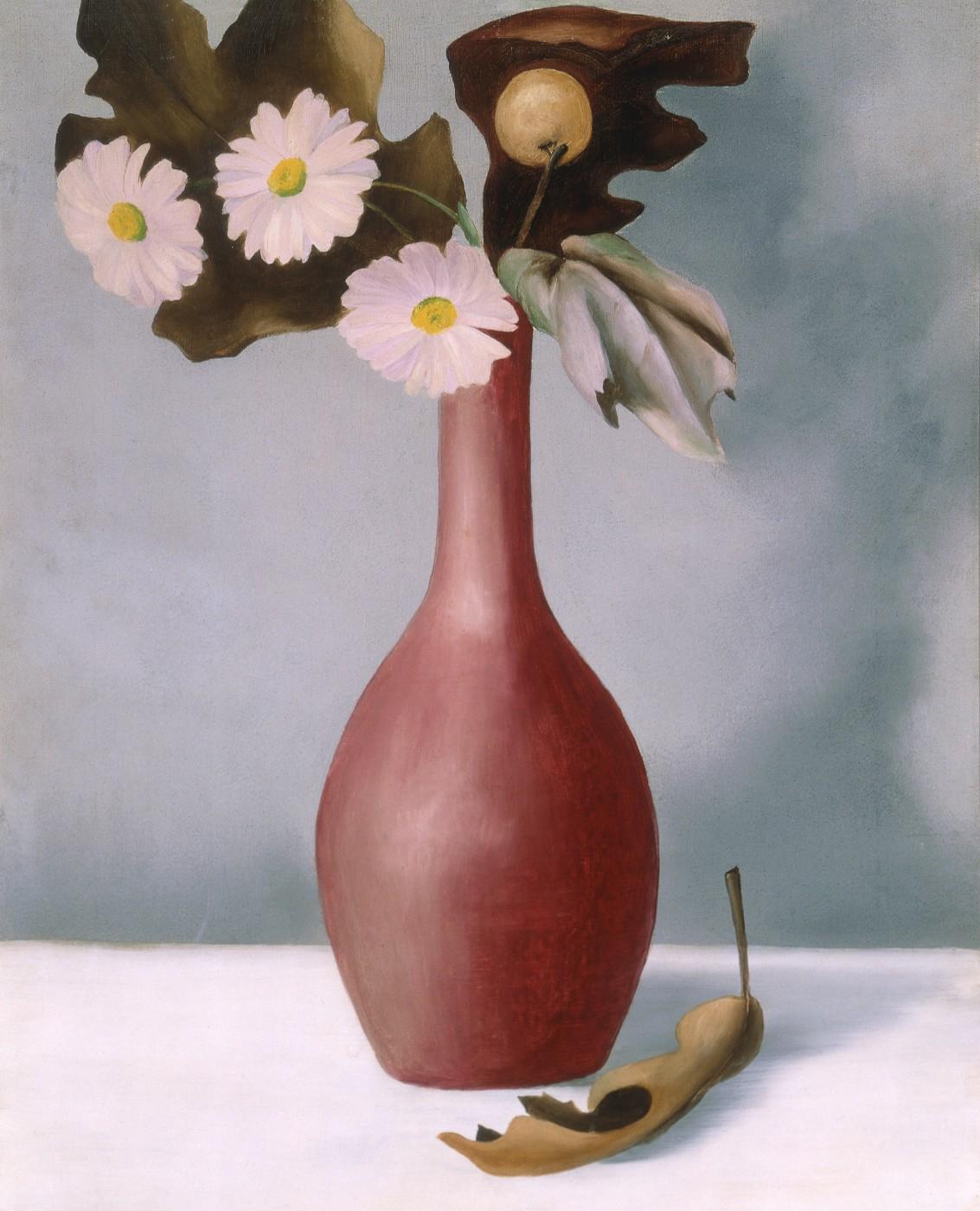When Ida Ten Eyck O’Keeffe exhibited her work for the first time–in a 1927 group show curated by her sister, Georgia, at New York’s Opportunity Gallery–she identified simply as Ida Ten Eyck. The O’Keeffe name was already taken by another painter, and she didn’t want to attract comparison as the younger sister of. Nonetheless, her work was recognized on its own merit; the New York Times critic noted that “among the best pictures are those by Ida Ten Eyck” and the New Yorker added: “We think that the subjects of Ida Ten Eyck are well worth watching.”
Ida continued painting colorful abstracted landscapes and still lifes, exhibiting them throughout her lifetime in group shows at small galleries across the United States. “Ida is truly an artist, too, if ever there was one,” Stieglitz wrote of her, in a 1924 letter to journalist and critic Paul Rosenfeld. But as an unmarried woman with struggling finances, she was often left without resources or time to paint while hustling to make ends meet as a teacher or nurse. As a result, Ida’s output was limited and her story has, until now, been relegated to something of a footnote in the biography of her sister, modernist painter Georgia O’Keeffe.




